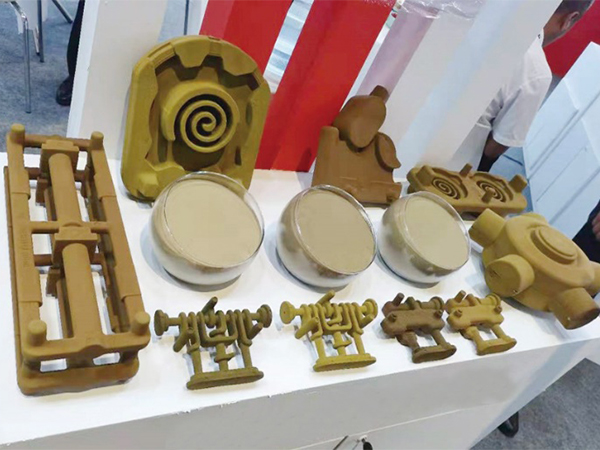High Volume Sand Casting An Efficient Approach to Mass Production
High volume sand casting is a traditional yet immensely efficient manufacturing process that plays a vital role in the production of complex metal components. This technique, widely used in the foundry industry, enables manufacturers to produce large quantities of parts with precision, consistency, and cost-effectiveness. As industries continue to evolve and demand for various components grows, understanding the intricacies of high volume sand casting becomes essential.
The Process of High Volume Sand Casting
High volume sand casting involves creating molds from sand mixtures, which are then used to shape molten metal into desired forms. The process begins with the design of the pattern, typically made from materials such as metal or plastic. Patterns are created to be slightly larger than the final product to account for shrinkage during cooling.
Once the pattern is ready, it is placed in a sand mixture, typically composed of fine silica sand, clay, and water. The sand is compacted around the pattern, creating a mold cavity. After the mold is formed, the pattern is removed, leaving behind a hollow impression that corresponds to the desired shape of the final product.
Next, molten metal is poured into the mold cavity, filling it to create the new part. After cooling and solidification, the mold is broken away, revealing the cast component. This entire process can be repeated numerous times, making it well-suited for high-volume production runs.
Advantages of High Volume Sand Casting
high volume sand casting

The primary advantage of high volume sand casting is its ability to produce complex shapes with high dimensional accuracy
. This method is not only versatile but also economical for large-scale production, as the reusable molds minimize costs over time. The process is adaptable to various metals, including aluminum, iron, and bronze, making it suitable for a wide range of applications.Another significant benefit of high volume sand casting is the quick turnaround time. Once the initial mold is created, subsequent molds can be produced swiftly, allowing manufacturers to meet growing market demands efficiently. The automated systems available for this casting method further enhance productivity and reduce labor costs.
Applications of High Volume Sand Casting
High volume sand casting is used in various industries, including automotive, aerospace, and machinery manufacturing. Common applications include engine components, transmission cases, pump housings, and valve bodies. These industries rely on sand casting to produce parts that can endure high stress and temperatures, ensuring their functionality and safety.
Moreover, the technique allows for the integration of design features that may not be feasible with other manufacturing methods. This flexibility leads to innovations in product design and functionality, driving competitiveness in the market.
Conclusion
High volume sand casting remains a cornerstone of modern manufacturing, providing an effective solution for producing complex parts in substantial quantities. With its ability to deliver precision, reduce costs, and support diverse applications, this method is indispensable for industries looking to achieve efficiency and quality in their production processes. As technology advances, the potential for high volume sand casting to further evolve and meet the needs of future manufacturing challenges is promising, ensuring that it will continue to be a vital technique in the industry for years to come.
Post time:ऑक्टोबर . 04, 2024 10:20
Next:Différents types de sable de fonderie et leurs applications industrielles
